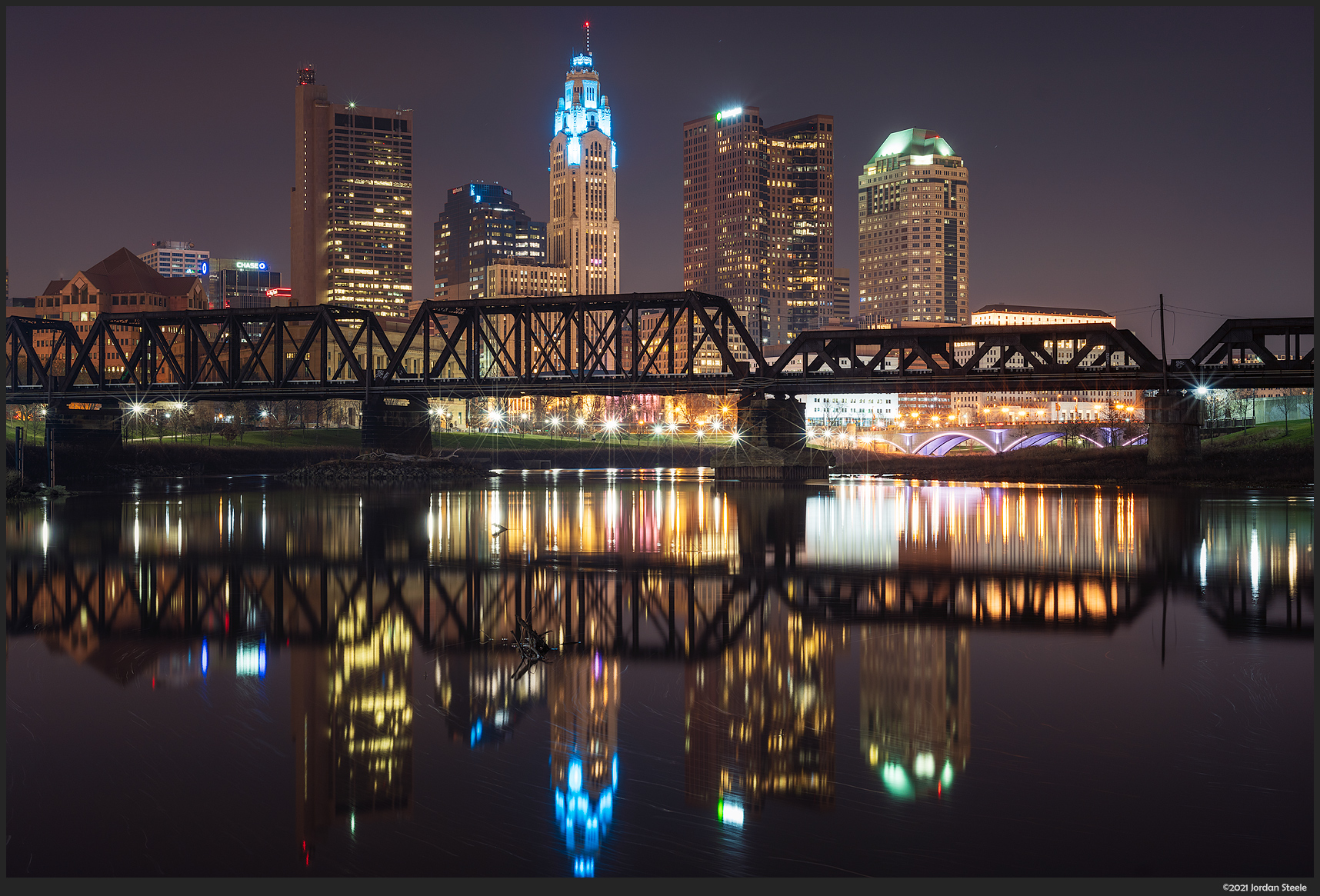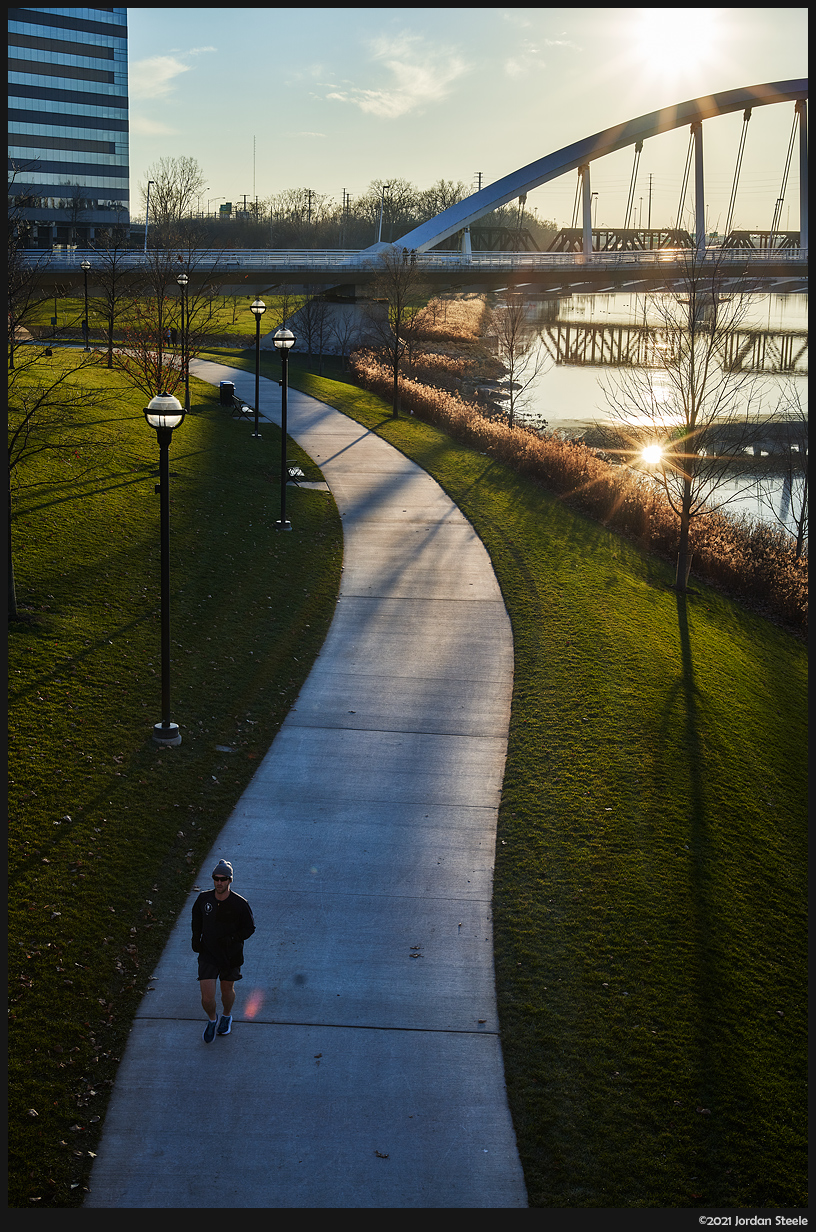Image Quality
I mentioned at the beginning of this review that the target for the 50mm APO Lanthar was pure image quality, and the lens delivers in that regard.
Sharpness
I’ll cut to the chase: the Voigtländer 50mm f/2 APO-Lanthar is one of the sharpest lenses of any focal length I’ve ever used. It is exceptionally sharp, across the entire frame right from f/2. The extreme corners are very sharp wide open, with the center essentially perfect. Stopping down to f/4 brings the corners from excellent to phenomenal, with no distinction between the center and corner that I can see.

I say that it gets sharper in the corner when stopping down, but if you shoot at 60 megapixels or less, you will see almost no improvement. Here is a 100% crop from the extreme upper left corner of a test shot at f/2. I only know it gets a little sharper because I took shots using the A7R IV’s pixel shift function to examine the lens at 240 megapixels, where you can see the improvement when stopping down.
Needless to say, this lens is simply an exceptional optic for resolution, and will really shine for landscape use.
Bokeh
The 50mm APO-Lanthar has a moderate maximum aperture of f/2, which allows for some nice subject separation, though without the ability to obliterate the background like faster 50mm lenses. Given the extreme degree of optical correction with this lens, I didn’t expect the bokeh to be particularly good, but I was pleasantly surprised.

While the lens doesn’t have extreme creaminess that comes from designs that favor residual spherical aberration, the 50mm f/2 APO does a very nice job, producing pleasing bokeh. Specular highlights are neutral, and there are no nervous double edges or any other distractions. It’s a surprisingly satisfying and smooth look, even with busy backgrounds as in the shot above.
The Voigtländer 50mm f/2 has a unique characteristic with its aperture blades. Like most lenses, the aperture is perfectly circular wide open, but unlike most lenses, the 50mm f/2’s 12 aperture blades are also perfectly circular when stopped down to f/2.8. Stopped down further, the 12-sided aperture can be faintly seen in specular highlights.
Color, Contrast and Chromatic Aberration
With regards to color and contrast, there’s really nothing at all to pick at. Contrast is outstanding at all apertures across the frame, and color is rich. The color and contrast profile fits in well with other Voigtländer lenses, which is wonderful for landscape work.

The Voigtländer 50mm f/2 is marketed as an apochromatic lens, and it’s worthy of that moniker. The lens has extremely low chromatic aberration, with essentially no lateral chromatic aberration and very well controlled longitudinal CA. You’d be hard pressed to find any color fringing before or after the focus point, with only trace amounts visible in the most extreme circumstances.
Distortion, Flare and Vignetting
The Voigtländer 50mm f/2 APO Lanthar resists flare very well, with only minor ghosting. A single small red ghost can be seen in some circumstances, but overall the lens performs extremely well against bright light. Veiling flare is minimal as well.

Distortion is also quite low, with some mild pincushion distortion that would only be visible when shooting architectural shots with straight lines near the edges. It’s very easily corrected with a lens profile.
The only real optical ‘flaw’ with the 50mm f/2 is vignetting, which is pronounced at f/2, and still visible at f/4. Lens profiles also can easily correct for this, but at the expense of some increased noise in the corners. I’ve never been one to particularly mind vignetting, so this is a complete non-issue for me, but your own opinion may differ.
In all, the Voigtländer 50mm f/2 APO-Lanthar is a truly exceptional optic. It ranks right up there with some of the very best lenses I’ve ever used.






Leave a Reply